Unlocking the secret to hastening flower bloom naturally can add vibrancy and beauty to your living space. In this guide, we delve into how you can accelerate the blooming process overnight right in the comfort of your home, using simple techniques and natural aids. From the right water conditions to the strategic use of fertilizers, discover the art of coaxing your flowers to bloom faster, bringing a burst of color and freshness to your surroundings.
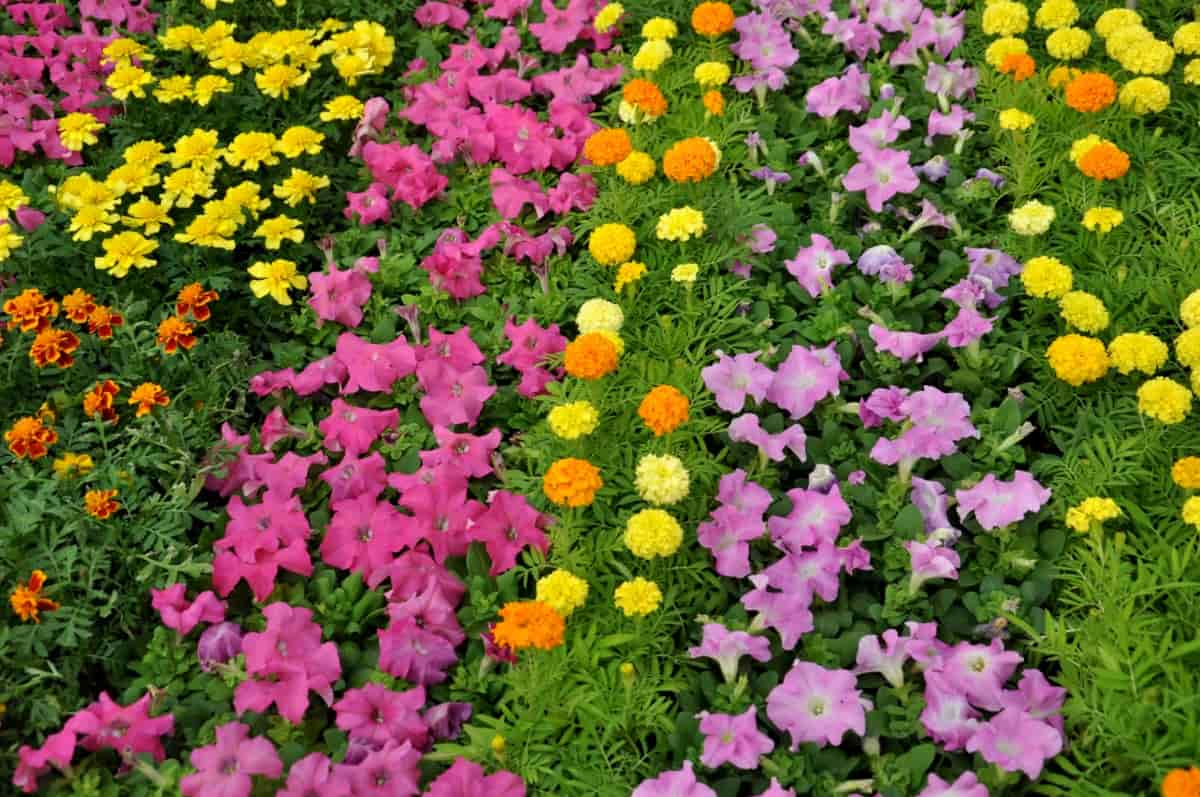
How to Make Flowers Bloom Faster
Choose the Right Plant Varieties
Some plants are naturally faster and more prolific bloomers than others. If you want to have flowers in a short time, choose varieties that have a short germination and flowering period, such as sweet alyssum, calendula, Johnny jump-ups, poppies, bachelor buttons, pansies, and nigella. These flowers can sprout, grow, and bloom in 60 to 70 days, and some of them can tolerate light frost.
Provide Adequate Sunlight
Sunlight is for the growth and development of plants, especially for flowering. Most flowers need at least six hours of direct sunlight per day to produce buds and blooms. If you have cut flowers or branches, place them in a vase of warm water for one minute, then transfer them to a vase of cool water and put them near a sunny window. The warm water will trick the flowers into thinking they are receiving sunlight, and the cool water will keep them fresh. This can make them bloom almost instantly.
Adjust Soil pH Levels
The acidity and alkalinity level of the soil can affect the nutrients availability to and the health of the plants. Most flowers prefer slightly acidic soil with a pH level between 6.0 and 7.0. Test your soil pH with a kit or a meter and adjust it accordingly. To lower the pH, you can add sulfur, peat moss, or organic matter. To raise the pH, you can add lime, wood ash, or crushed eggshells.
In case you missed it: 8 Best Organic Composts to Buy in India for Flowering Plants, Vegetables, and Lawn
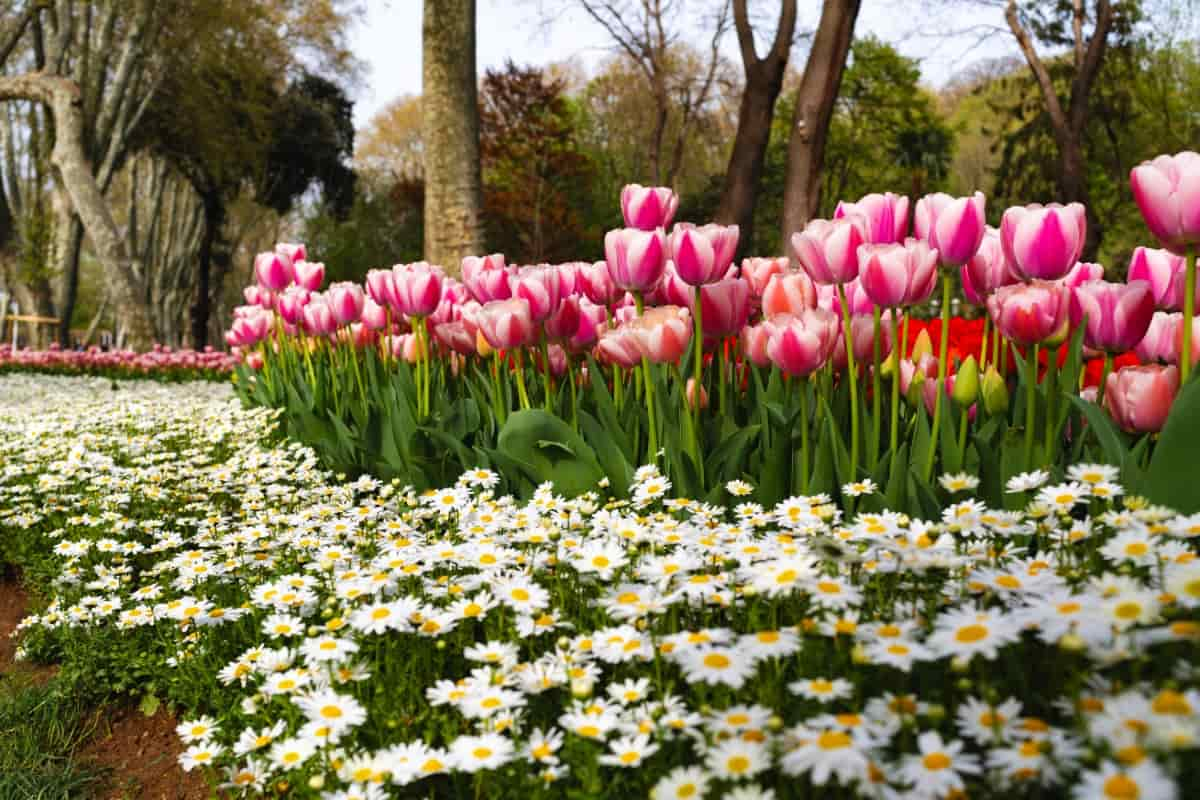
Apply Fertilizer on Time
Fertilizers can provide nutrients that plants need to grow and bloom. However, not all fertilizers are created equal. For flowering plants, you need a fertilizer that has more phosphorus than nitrogen, as phosphorus promotes bud formation and blooming. Use a balanced fertilizer (10-10-10) or a flowering fertilizer (15-30-15) according to the package directions. The best time to apply fertilizer is before the plants start to form buds and then every two weeks during the flowering season.
Ensure Proper Watering
Watering is another important factor that affects the growth and blooming of plants. Too much or too little water can cause stress and reduce flowering. The general rule is to water deeply and infrequently rather than shallowly and frequently. This will promote the roots to grow deeper and stronger and prevent diseases and pests. The amount and frequency of watering depend on the type of plant, the soil type, the weather conditions, and the season. A good way to check if your plants need water is to insert finger into the soil up to the second knuckle.
Prune Regularly
Pruning is removing dead, diseased, damaged, or unwanted parts of a plant. This can improve the appearance, health, and productivity of the plant. Pruning can also stimulate new growth and flowering by redirecting the plant’s energy from maintaining old or weak parts to producing new ones. The best time to prune depends on the type of plant and its flowering cycle. Some plants need pruning before they start to form buds, while others need pruning after they finish blooming.
Deadhead Spent Flowers
Deadheading is a pruning that involves removing faded or wilted flowers from a plant. This can prevent the plant from producing seeds and divert its energy to produce more flowers. Deadheading can also improve the appearance of the plant and prevent diseases and pests from spreading. To deadhead a flower, pinch or cut off the flower head at its base or just above a leaf node or a bud.
Mulch the Soil
Mulching practice of covering the soil around plants with organic and inorganic materials, like straw, wood chips, gravel, or plastic. Mulching helps retain moisture, regulate temperature, prevent weeds, and enrich the soil with nutrients. Mulching also encourages more flower buds by reducing stress on the plants and stimulating root growth.
In case you missed it: Pest Management in Rose Crop: Major Insect Pest of Roses and Best Insecticide for Roses

Use Organic Matter
Adding organic matter compost, manure, or worm castings, to your soil can improve its structure, drainage, aeration, and fertility. Organic matter also provides essential nutrients for your plants, especially phosphorus, which is crucial for flower formation. You can apply organic matter before planting, as a top dressing during the growing and flowering season.
Apply Epsom Salt
Epsom salt is a household product that contains magnesium sulfate, a mineral that can boost plant health and flowering. Magnesium helps plants produce chlorophyll, which is needed for photosynthesis and energy production. Sulfur helps plants synthesize amino acids, proteins, and enzymes, which are vital for growth and development. You can dissolve one tablespoon of Epsom salt in 1 gallon of water and spray it on your plants once a month.
Utilize Companion Planting
Companion planting is growing different plants together that benefit each other in some way. Some plants can attract beneficial insects that pollinate flowers or deter pests that damage them. Some plants can also enhance the growth, flavor, or yield of other plants by sharing nutrients or creating favorable microclimates. Some examples of companion plants that can promote flowering are marigolds, nasturtiums, lavender, basil, and mint.
Remove Weeds
Weeds are plants that compete with your flowers for space, light, water, and nutrients. Weeds can also harbor diseases and pests that can harm your flowers. Therefore, it is important to remove weeds regularly by hand-pulling, hoeing, or mulching. You can also use natural or chemical herbicides to control weeds, but be careful some may damage your flowers in the process.
Control Pests and Diseases
Pests and diseases affect the health and appearance of your flowers by feeding on them, spreading pathogens, or causing deformities. Common pests and diseases that can affect flowers are aphids, spider mites, caterpillars, slugs, snails, powdery mildew, rust, blight, and wilt. You can prevent or treat pests and diseases by using cultural practices (like crop rotation, sanitation, and pruning), biological controls (such as beneficial insects and nematodes), or chemical controls (such as insecticides and fungicides).
In case you missed it: Jasmine Grafting; Pruning; Training Methods
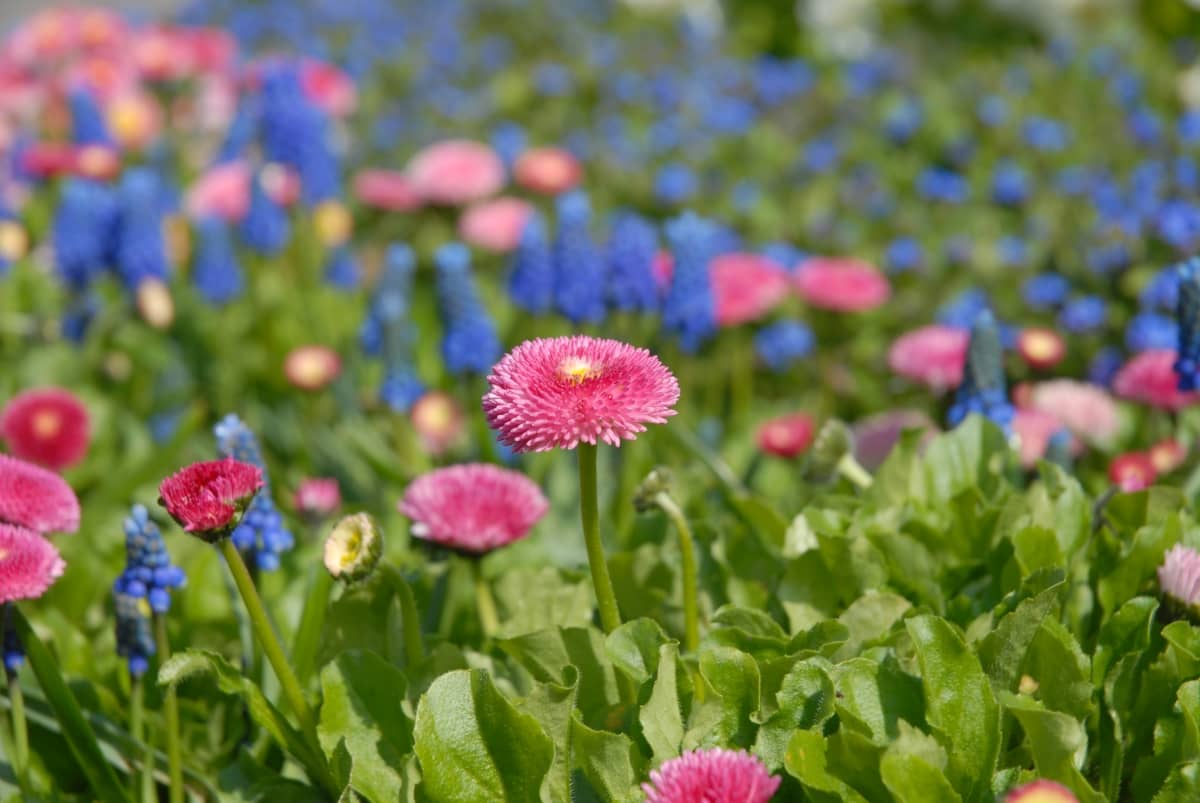
Avoid Overcrowding
Overcrowding occurs when you plant too many flowers too close together. This can result in poor air circulation, reduced light penetration, increased humidity, and a higher risk of pests and diseases. Overcrowding can also reduce the number and quality of flowers by creating competition for resources among plants. To avoid overcrowding, you should follow the recommended spacing guidelines for each flower species and thin out any excess seedlings or plants.
Protect from Extreme Temperatures
Extreme temperatures can stress your flowers and affect their growth and flowering. High temperatures can cause wilting, scorching, fading, or dropping of flowers. Low temperatures can cause frost damage, delayed flowering, or reduced flower size. To protect Flowers from extreme temperatures, you should choose varieties that are suitable for climate zone and hardiness level. You should also provide shade cloth or row covers for heat-sensitive flowers or cold frames or cloches for frost-tender flowers.
Consider Artificial Lighting
Artificial lighting can supplement natural sunlight and extend the day length for your flowers. This can help you induce early or out-of-season flowering for some plants that require a certain amount of light exposure to bloom. For example, some plants are short-day plants that need less than 12 hours of light per day to flower (such as chrysanthemums).
Some plants are long-day plants that need more than 12 hours of light per day to flower (such as petunias). You can use fluorescent, LED, or incandescent lights to provide artificial lighting for your flowers. You should adjust the intensity, duration, and distance of the lights according to the needs of each plant.
Tips for How to Make Flowers Bloom Faster for Cut Flower
- Cut the stems of fresh flowers and place them in a vase with lukewarm water and some sugar. This will help them absorb more nutrients and open up faster.
- Place the vase in a sunny spot, but avoid sunlight direct and heat sources that can dry out the flowers. Sunlight stimulates the production of ethylene, a hormone that triggers blooming.
- Add liquid fertilizer to the water every few days to boost the growth and flowering of the plants. You can also use natural fertilizers like coffee grounds, banana peels, or eggshells.
- Change the water every two or three days and remove any wilted or dead flowers. This will prevent bacteria and fungi from infecting the healthy ones and slowing down their blooming process.
In case you missed it: How to Start Jasmine (Mogra) Farming in Kerala: A Step-by-Step Guide
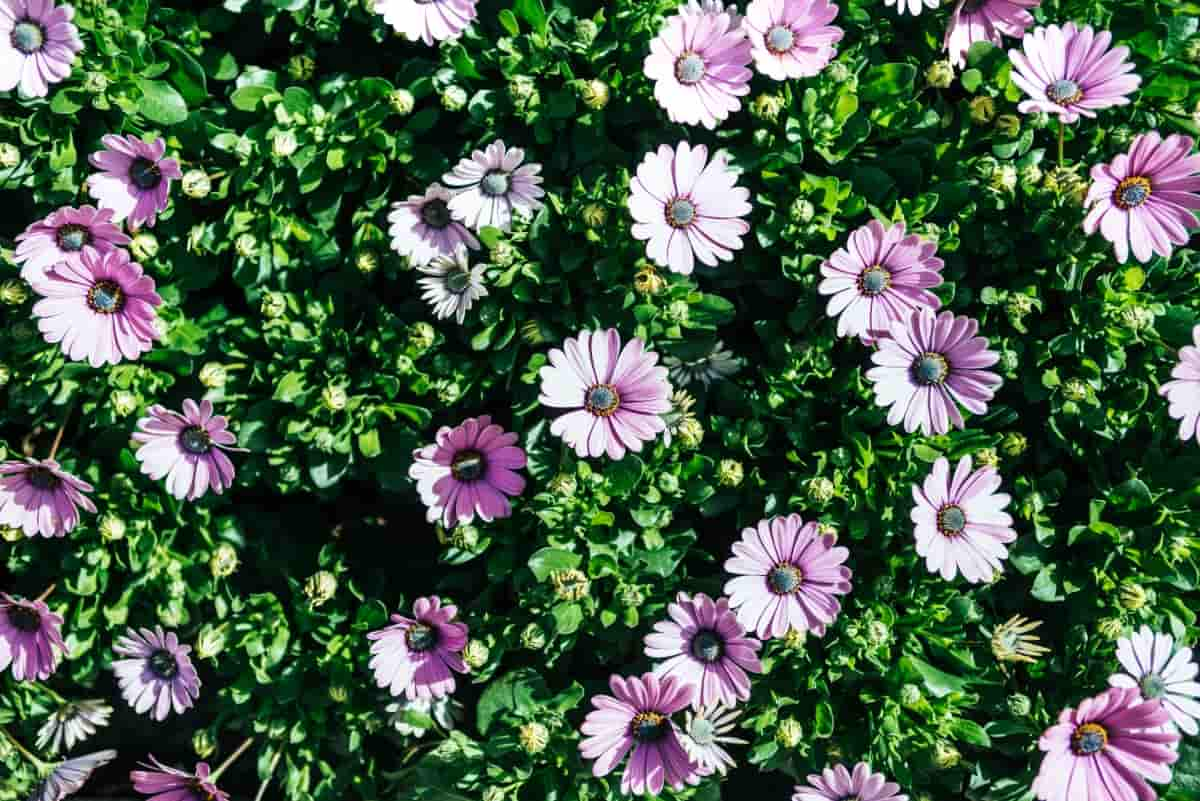
Make Flowers Bloom Faster Overnight
To expedite flower blooming, expose plants to a 12-hour dark period before exposing them to light. This mimics the natural cycle of day and night, triggering flowering in plants. Cover plants with black cloth, cardboard boxes, or paper bags at night or move them into a dark room or closet. Remove the covers or bring them back into light in the morning. Repeat this process for a few days until buds form.
Make Flowers Bloom Faster in Water
To make cut flowers bloom faster in water, cut stems at an angle and remove submerged leaves to absorb more water and prevent bacterial growth. Change water every two days with sugar, vinegar, or aspirin to provide energy, lower pH, prevent fungal growth, and reduce ethylene production. Place the vase in a cool, bright spot away from direct sunlight, heat sources, and drafts for longer flower life and faster opening. Mist flowers with water daily for hydration and freshness.
Make Flowers Bloom Faster at Home
To make flowers bloom faster at home, provide them with optimal conditions for growth and development. Sunlight is crucial for flowering plants, with at least six hours of direct sunlight per day. Some plants may prefer partial shade or filtered light. Use a sun calculator or light meter to determine the amount of light your plants receive and adjust their location accordingly. Soil quality and pH level can affect the availability of nutrients and minerals for plants.
Test your soil using a kit or probe and amend it with lime or sulfur if needed. Use potting mixtures specially formulated for different types of plants. Fertilizers can provide extra nutrients and boost flowering potential, but follow label instructions carefully and avoid over-fertilizing. Water is needed for plant survival and growth, but too much or too little can cause problems like root rot or drought stress. Water plants when the top soil feels dry to the touch, and ensure it drains well from the bottom of the pot or bed.
Best Fertilizer Makes Flowers Bloom
The optimal fertilizer for flower blooming depends on the plant’s type and stage. For young or non-flowering plants, use a balanced fertilizer, while high-phosphorus fertilizers stimulate bud formation and blooming. For mature or dormant plants, use a low-nitrogen fertilizer to prevent excessive growth and encourage root development. Apply fertilizer at half-strength every two weeks during the growing season and stop during the dormant period.
To make flowers bloom faster naturally, consider using natural substances such as organic matter, Epsom salt, companion planting, and banana peels. Organic matter like compost, manure, or worm castings, can improve soil fertility, drainage, and water retention, providing nutrients and beneficial microorganisms for plant growth and bloom. Epsom salt, a source of magnesium and sulfur, is essential for plant health and flowering.
It can be used as a foliar spray or soil drench once a month. Companion planting involves growing plants that benefit each other in terms of pest control, nutrient supply, or pollination. Banana peels, rich in potassium, are also beneficial for flower formation and quality. These substances can be buried around plants or used as a liquid fertilizer.
In case you missed it: Marigold Farming Information Detailed Guide
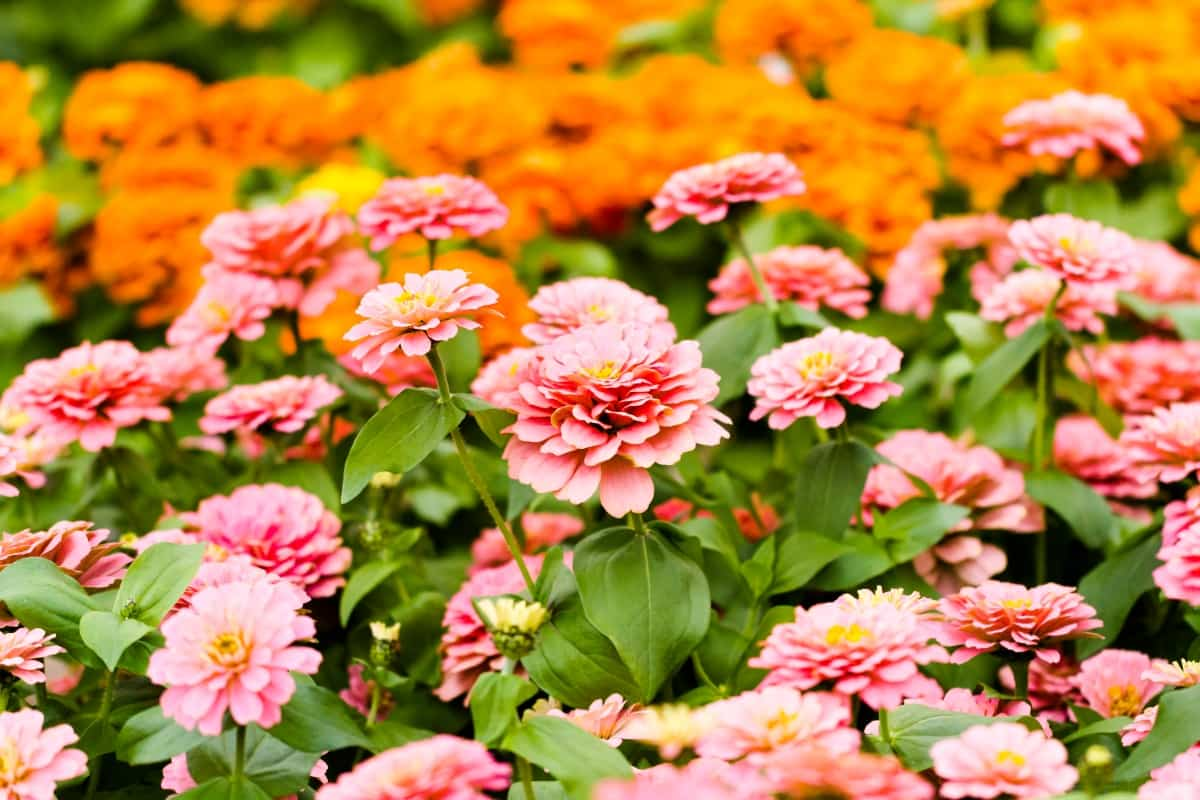
To make flowers open, soak flower buds in warm water for a few minutes to soften petals and increase turgor pressure. Exposure to ethylene gas, a natural plant hormone, can induce ripening and flowering in fruits and flowers. Place buds near ripe fruits or use a commercial ethylene generator. Alcohol can speed up flower opening by inhibiting growth hormone and reducing stem elongation. Add vodka, gin, or rubbing alcohol to vase water to achieve this effect.
Conclusion
By following these tips and techniques, you can make your flowers bloom faster and enjoy their beauty and fragrance sooner. However, it would help if you also remembered that each flower species has its own natural rhythm and optimal conditions for flowering. Therefore, you should respect the nature of your flowers and not force them to bloom beyond their capacity or comfort.
- Types of Pesticides Used in Agriculture: A Beginner’s Guide
- Economical Aquaculture: A Guide to Low-Budget Fish Farming
- 15 Common Planting Errors That Can Doom Your Fruit Trees
- How to Make Houseplants Bushy: Effective Tips and Ideas
- Innovative Strategies for Boosting Coconut Pollination and Yield
- Pollination Strategies for Maximum Pumpkin Yield
- The Complete Guide to Chicken Fattening: Strategies for Maximum Growth
- Natural Solutions for Tulip Problems: 100% Effective Remedies for Leaf and Bulb-Related Issues
- Revolutionizing Citrus Preservation: Towards a Healthier, Greener Future
- Natural Solutions for Peony Leaf and Flower Problems: 100% Effective Remedies
- Maximizing Profits with Avocado Contract Farming in India: A Comprehensive Guide
- Natural Solutions for Hydrangea Problems: 100% Effective Remedies for Leaf and Flowers
- The Ultimate Guide to Choosing the Perfect Foliage Friend: Bringing Life Indoors
- From Sunlight to Sustainability: 15 Ways to Use Solar Technology in Agriculture
- The Ultimate Guide to Dong Tao Chicken: Exploring from History to Raising
- The Eco-Friendly Makeover: How to Convert Your Unused Swimming Pool into a Fish Pond
- Mastering the Art of Delaware Chicken Farming: Essentials for Healthy Backyard Flocks
- 20 Best Homemade Fertilizers for Money Plant: DIY Recipes and Application Methods
- How to Craft a Comprehensive Free-Range Chicken Farming Business Plan
- Brighten Your Flock: Raising Easter Egger Chickens for Beauty and Bounty
- How to Optimize Your Poultry Egg Farm Business Plan with These Strategies
- Subsidy for Spirulina Cultivation: How Indian Government Schemes Encouraging Spirulina Farmers
- Ultimate Guide to Raising Dominique Chickens: Breeding, Feeding, Egg-Production, and Care
- Mastering the Art of Raising Jersey Giant Chickens: Care, Feeding, and More
- Ultimate Guide to Raising Legbar Chickens: Breeding, Farming Practices, Diet, Egg-Production
- How to Raise Welsummer Chickens: A Comprehensive Guide for Beginners
- How to Protect Indoor Plants in Winter: A Comprehensive Guide
- Ultimate Guide to Grow Bag Gardening: Tips, Tricks, and Planting Ideas for Urban Gardeners
- Guide to Lotus Cultivation: How to Propagate, Plant, Grow, Care, Cost, and Profit
- Agriculture Drone Subsidy Scheme: Government Kisan Subsidy, License, and How to Apply Online
- Ultimate Guide to Raising Araucana Chickens: Breed Profile, Farming Economics, Diet, and Care
- Bringing Hydroponics to Classroom: Importance, Benefits of Learning for School Students
- Ultimate Guide to Raising Polish Chickens: Breed Profile, Farming Economics, Diet, and Care
- Ultimate Guide to Raising Australorp Chickens: Profile, Farming Economics, Egg Production, Diet, and Care
- Silkie Chicken Farming: Raising Practices, Varieties, Egg Production, Diet, and Care
- Sussex Chicken Farming: Raising Practices, Varieties, Egg Production, Diet and Care